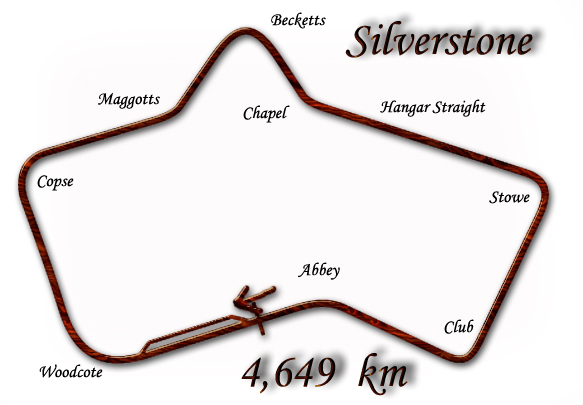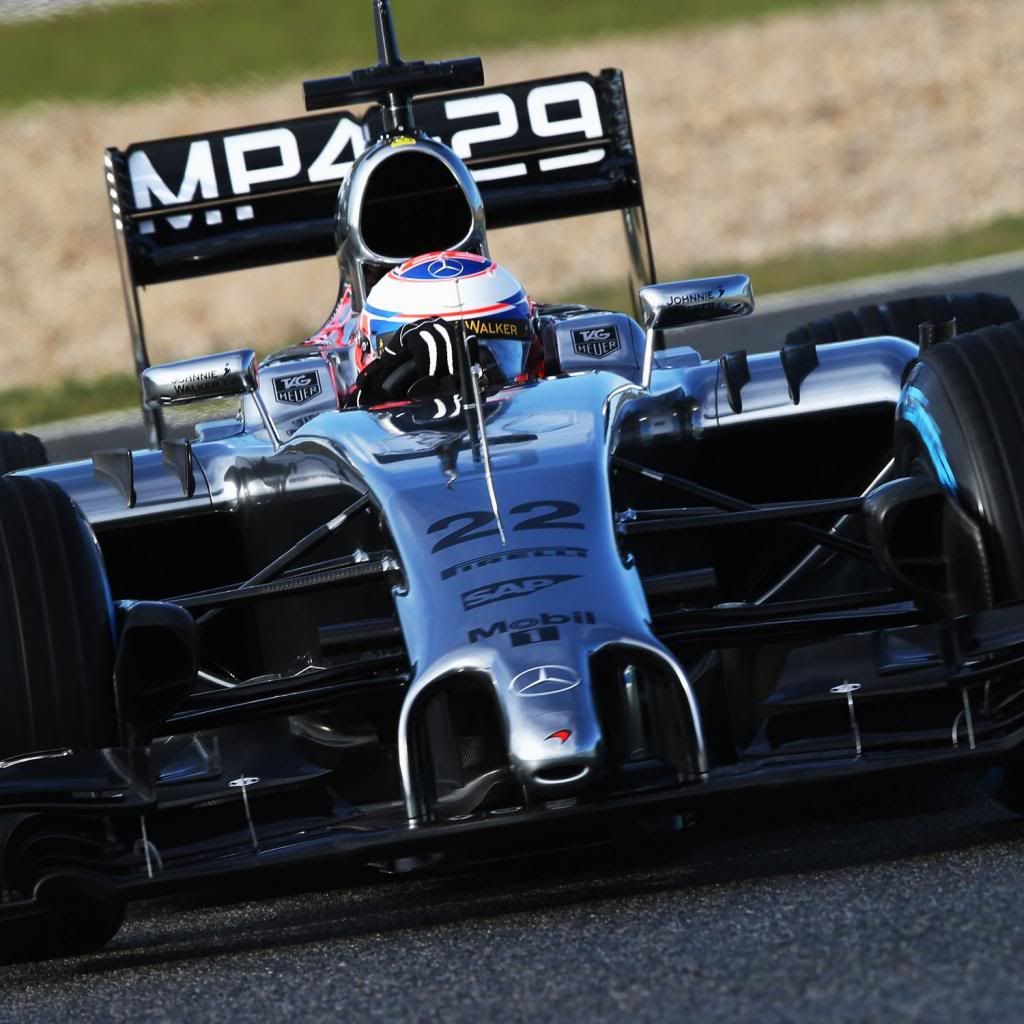The way I see it, the difference between the "great" classic tracks and the later Tilkedromes is the fact that the great tracks grew and evolved over a long period, whilst the modern circuits were designed for purpose.
When motor racing first appeared, there were no circuits and races were held wherever people wanted to hold them. All racing was an amateur back then, so there was no compulsion to enter all races and drivers would pick and choose which events they would attend.
If drivers enjoyed the circuit, or if they felt they could be competitive, then the race would attract a reasonable field of competitors. If the crowd enjoyed the spectacle then the event would generate more income, thus being able to offer better prize money and attract better drivers.
This feedback meant that circuits that offered better racing generated sufficient revenue to upgrade their facilities, becoming the premier venues of their day. As this meant that they attracted bigger events, they could thus generate additional revenue and make suitable modifications to the circuits to improve both safety and the show. Less entertaining venues would then be relegated to smaller events or cease holding races entirely.
This process of competition and evolution over many years created an environment where the best natural locations available were slowly honed and refined into some of the best racing circuits in the world; they were built in these places because that was where people wanted to go racing, rather than because the government wanted to attract tourist money to that location.
By contrast, the Tilke circuits were designed for the purpose and built in the most economically viable location : they have not been through the same evolutionary process as Monza or Spa, unless you see revisions to Tilke's design philosophy as being "evolution" (I don't).
The older circuits have stood the test of time and have risen to the top because of it : the newer circuits are on the calendar because a lot of money was thrown at them.
Don't forget, there were boring circuits on the calendar long before Tilke penned his first circuit. These fell by the wayside over the years and are now a faded memory. If any Tilke circuits manage to stand the same test of time as Silverstone, we will see very different circuits stood on those locations in 50 years.
Don't forget, Silverstone once looked like this :









